The Blue Lamp **** (1949, Dirk Bogarde, Jack Warner, Jimmy Hanley, Robert Flemyng, Bernard Lee, Bruce Seton, Clive Morton, Gladys Henson, Dora Bryan, Tessie O’Shea, Patric Doonan, Peggy Evans, Basil Radford, Glynis Johns) – Classic Movie Review 1255
Director Basil Dearden’s 1949 Ealing Studios film classic was incredibly popular in the UK in 1950, seen by 13,300,000 just in Britain that year. It started a whole new kind of realist cinema in the UK and launched Jack Warner’s long-running TV character PC George Dixon in a fondly remembered and highly influential TV show Dixon of Dock Green.
It is an involving and important if basically sentimental British police thriller, fluently written by ex-policeman T E B Clarke (with additional dialogue by Alexander Mackendrick) and fluidly filmed by cinematographer Gordon Dines in impactful, influential realist style.
It’s a fast-moving, dynamic and enjoyable crime thriller. After all these years it is still both exciting and involving, while significantly taking time to paint a valuable portrait of a now long-vanished world of post-war austerity London working-class society. It established firmly in the British national consciousness the cosy ‘evening all’ idea of the trustworthy, fair London bobby of the Fifties, an image eroded then finally smashed by 60s, 70s and 80s TV and cinema thrillers (Z-Cars, The Sweeney) as the post-war age of friendly innocence was destroyed for ever by the swinging sixties and cynical seventies.
The usually very middle-class and suave Dirk Bogarde heads the cast as Tom Riley, battling his rather unlikely casting as a murderous spiv hunted by the law after he kills a cop during a robbery at a local cinema. The action takes place London’s Paddington Green and is set in July 1949. Warner’s PC Dixon is a long-serving traditional copper due to retire shortly, who takes new recruit Andy Mitchell (Jimmy Hanley) under his wing, introducing him to the night beat.
Called to the scene of the cinema robbery, Dixon finds himself face-to-face with Riley, desperate and armed with a revolver. Dixon initially tries to talk Riley into surrendering the weapon, but Riley panics and fires. Ordinary, decent folk band together with professional criminals and dog-track authorities to track down and catch Riley, who tries to hide among the crowd at White City greyhound track in West London.
Among the other actors playing coppers are Bernard Lee (as Inspector Cherry), Meredith Edwards (as PC Hughes), Robert Flemyng (as Police Sgt Roberts), Bruce Seton (PC Campbell) and Clive Morton (Police Sgt Brooks). Seton went on to star as Detective Superintendent Robert Fabian in his own TV series, Fabian of the Yard (1954-56).
The film won the BAFTA Award for Best British Film and it was 1950’s top money-maker with the highest audiences in Britain for a British film that year, 13,300,000. This makes it the 29th most viewed film in the UK ever. The George Dixon character was revived six years later, and Dixon of Dock Green ran on BBC TV from 1955 right on to 1976, when the much-loved star Jack Warner was over 80.
The cast reads like a Who’s Who of the era. Among them are Gladys Henson (as Dixon’s long-suffering wife), Dora Bryan, Tessie O’Shea (as herself), Patric Doonan, Peggy Evans, Basil Radford, William Mervyn, Sam Kydd, Glynis Johns, Jennifer Jayne, Glyn Huston, Frederick Piper, Anthony Steel, Campbell Singer, Arthur Mullard, Alma Cogan (in a bit part) and Norman Shelley.
The original story and treatment are by Ted Willis and Jan Read. Although the film is a pioneering example of the British social realism films of the 1950s and 1960s, this one unfortunately is undermined by upholding an Ealing Studios-style, basically cosy, fundamentally unrealistic idea that all police officers are honest guardians of an essentially decent society, battling disorganised crime being committed by only a few misguided hooligans, who can be mostly fairly easily put on the right path. Again, it’s only a movie! The Ealing film-maker crowd were rebels but establishment, conservative ones – Liberal voters probably.
Given its pro-police stance, it’s not surprising that the film-makers could gain the full co-operation of London’s Metropolitan Police and the crew had the huge advantage of access to the real-life former Paddington Green Police Station, then at 64 Harrow Road, London W9 and New Scotland Yard for location work. Most of the locations around the police station are unrecognisable now because of the building of the Marylebone flyover.
Most of the other outdoor scenes were filmed in inner West London, mainly the Harrow Road area between Paddington and Westbourne Park. It’s sad, no tragic, that all this, all the world The Blue Lamp is so successfully celebrating, has gone, and been replaced by such an urban desert too in the name of ‘modernisation’ and ‘faster cars’.
The title refers to the blue lamps that traditionally hang outside British police stations. George Dixon is named after producer Michael Balcon’s former school in Birmingham.
The original blue lamp was transferred to the new Paddington Green Police Station and it still hangs outside the front of the station, having been restored in the early 21st century. The police station at 325 Harrow Road, near the site of the Coliseum Cinema, has a reproduction blue lamp at its entrance.
The scenes of the cinema robbery were filmed at the Coliseum Cinema, 324–326 Harrow Road, next to the Grand Union Canal bridge. The cinema was built in 1922, closed in 1956 and then was demolished. The site is now occupied by an office of Paddington Churches Housing Association.
(C) Derek Winnert 2014 Classic Movie Review 1255
Link to Derek Winnert’s home page for more film reviews: http://derekwinnert.com/



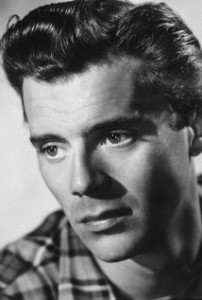

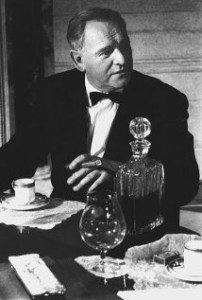
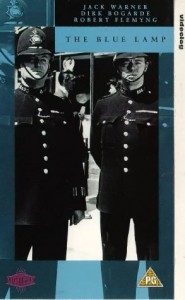
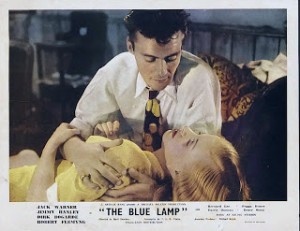

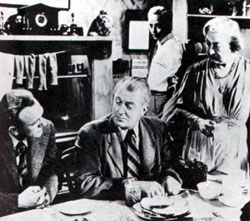

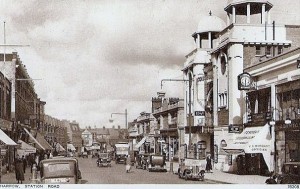
![dcaf2958-451d-11e3-9ee8-0a0c02230000[1]](http://derekwinnert.com/wp-content/uploads/2014/05/dcaf2958-451d-11e3-9ee8-0a0c022300001-300x168.jpg)
